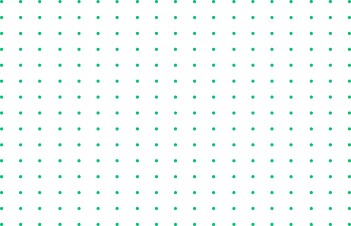Advanced AI-driven stresser technology revolutionizes analysis, predicting and managing stressors for enhanced resilience and well-being.
Advanced AI bypasses DDoS protection, facing cybersecurity resilience rapidly.
exploit network vulnerabilities, disrupting services and compromising data integrity.
Stealthy, robust, and undetectable, ensuring privacy and security in interactions.
Seamlessly for enhanced functionality, efficiency, and data flow optimization.



deliver unmatched bandwidth, guaranteeing uninterrupted data flow, rapid connectivity, and resilient network performance even under heavy loads.
Ideal for large-scale enterprises, high-traffic websites, and mission-critical applications, ensuring smooth operations and superior user experiences in the digital landscape.
/mo
/mo
/mo

Stresser technologies encompass Layer 4 and Layer 7 methods, targeting network infrastructure and application layers respectively. Additionally, they include volumetric, protocol-based, and application layer attacks, each exploiting different vulnerabilities to overwhelm target systems with high volumes of traffic.
Layer 4 attacks, such as SYN floods, target network infrastructure by exploiting weaknesses in the transport layer, while Layer 7 attacks, like HTTP floods, focus on application layer vulnerabilities, overwhelming servers with seemingly legitimate requests, impacting web application performance and availability.
Volumetric attacks flood network bandwidth with high volumes of traffic, exhausting available resources and causing network congestion, leading to service disruption or downtime. These attacks typically utilize botnets to generate massive amounts of data packets, aiming to overwhelm target systems and disrupt normal operations.
Advanced Stresser technologies leverage techniques such as IP spoofing, distributed botnets, and encryption to evade detection and bypass traditional defense mechanisms like firewalls and intrusion detection systems. Additionally, they incorporate machine learning and AI algorithms to adapt and counteract evolving security measures, posing significant challenges for network defenders.